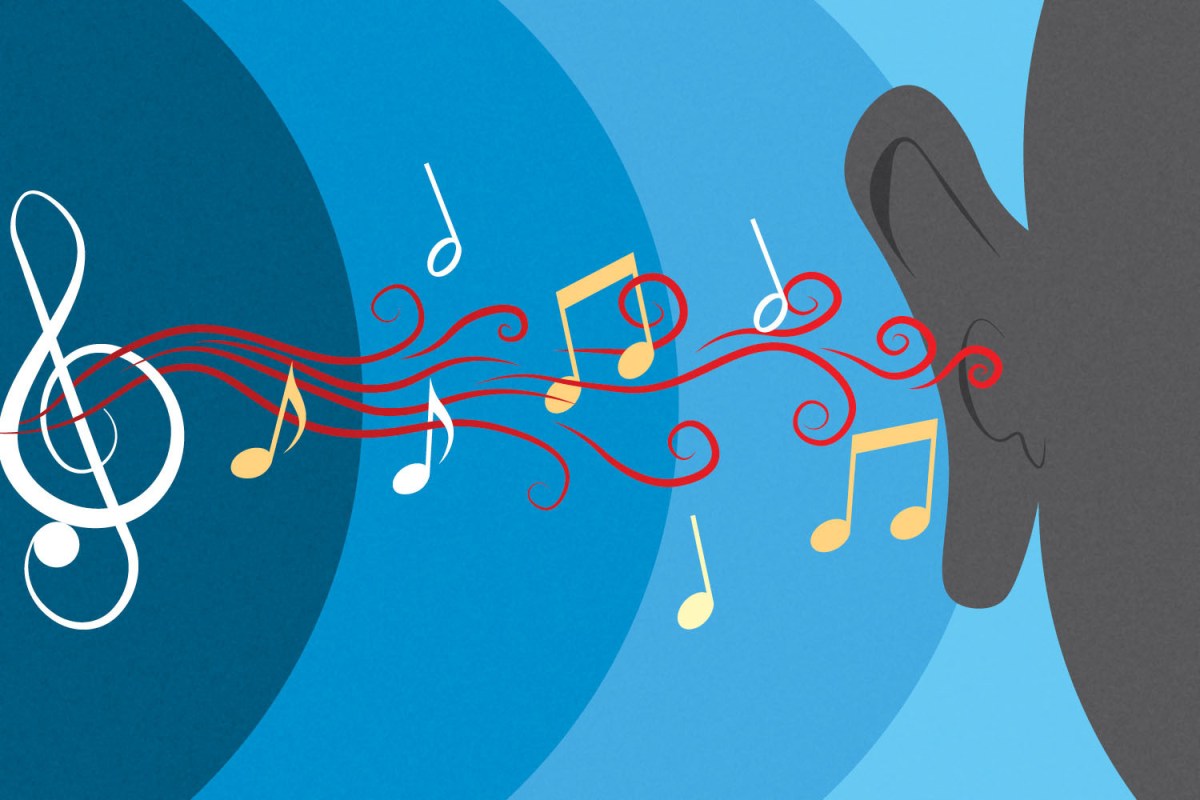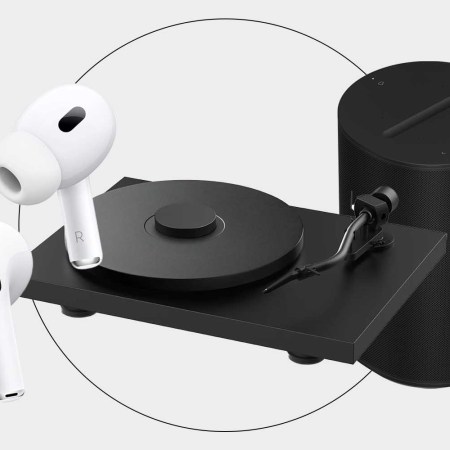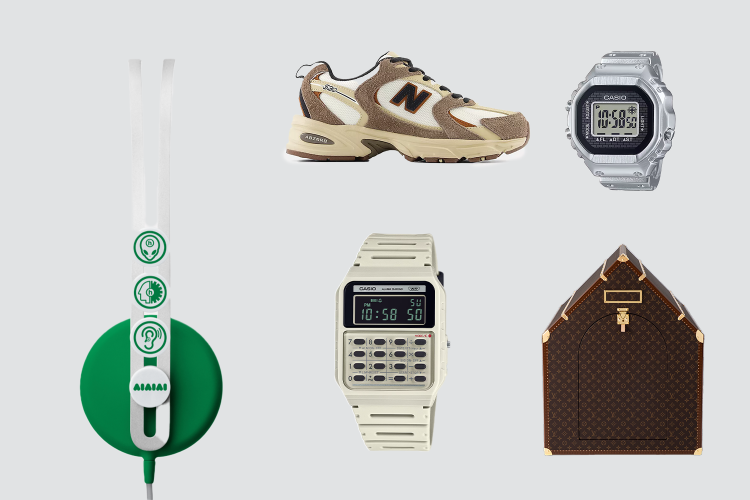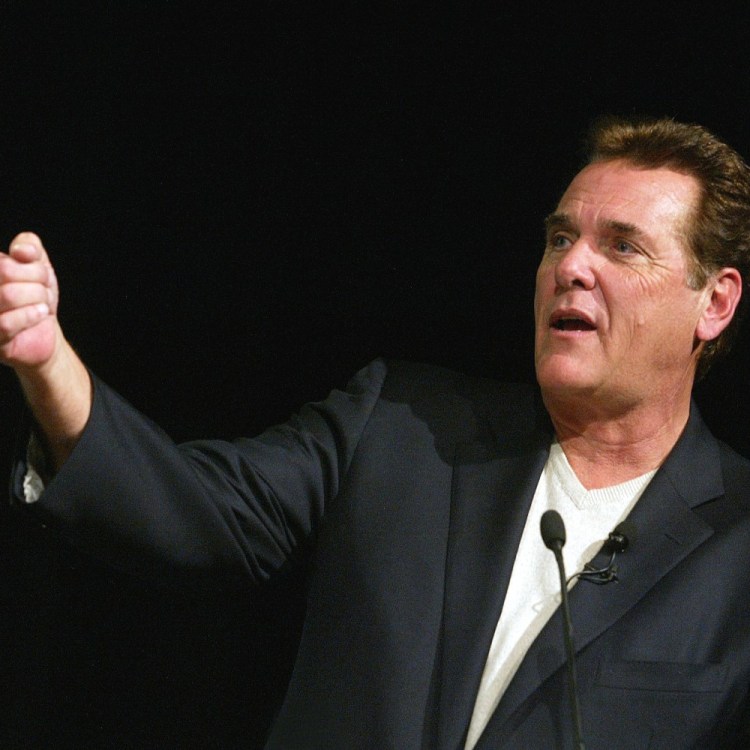In partnership with Safelite®
Recently I was taking some me time on a Sunday afternoon, which in Dad World means watching football from a small corner of my couch while my son buries the rest of the room under a Lego universe, and somewhere between replay reviews and TV timeouts arose a familiar tune:
“Safelite repair–”
And, without missing a beat, a voice from the other side of the room:
“Safelite replace.”
My son is not yet five years old. He is, mercifully, more than a decade away from driving a car or having to think about auto glass. He has no clue about advanced safety systems recalibration (though if you showed him a YouTube video about it he could probably recite a dissertation for you). Yet somehow, this halfling of a human knows the Safelite jingle.
“Where did you learn that?”
“I just know it.”
At that moment, the toddler-parent tables turned. “But why?” I demanded. I had to understand why some popular commercial jingles seem to embed themselves in the recesses of our brains from birth. And so, like Mr. Peabody to my son’s Sherman, I hopped in the wayback machine to find out how these famous commercial jingles started, and why they’ve been stuck in our heads ever since.
The origin and rise of commercial jingles
My search for answers started in the early days of commercial radio in the 1920s and 30s. Prior to that, consumers purchased goods directly in a store or from a charismatic traveling salesman. Advertising, mostly in print, consisted of simple descriptions of one product’s benefits over another. As radio became the popular form of media, advertisers had to figure out a way to market their products to consumers who couldn’t see them, while adhering to laws prohibiting direct advertising during prime-time hours.
Enter the jingle: a slogan set to a melody that could mention a product or company without directly hawking it. The tactic worked and jingles were here to stay, reaching their peak in the 1950s but maintaining a firm foothold — er, earhold — in the culture right up to today.
Music and memory — why some songs get stuck
The Safelite jingle has carried that tradition since 2007 with two simple lines: “Safelite repair. Safelite replace.” So it’s possible, I thought, that an ad campaign could live in my brain because it’s lived on my TV for 15 years. But that wouldn’t explain why my son, who was born in 2018 and consumes media primarily ad-free via streaming, responded to it almost subconsciously. So I started researching a bit of music psychology.
Over the years, psychologists, neurologists and something really fun-sounding called musicologists have studied the effects of music on the brain, and the relationship between music and memory, to understand why some songs get so stuck in our heads. This led to the concept of the “earworm,” popularized by University of Cincinnati marketing professor James Kellaris, though studied and developed by many others. By definition, an earworm is a bit of music that pops into your head and sticks there (it’s sometimes referred to as “Stuck Song Syndrome”) long after it’s stopped playing, no matter how hard you try to get it out.
What exactly causes earworms remains a bit of a mystery, but much music psychology research thinks it has to do with something called the “phonological loop” discovered by scientists Graham Hitch and Alan Baddeley in 1974. The brain-ear memory loop consists of the phonological store (the “inner ear,” which remembers speech sounds in order) and the articulatory rehearsal system (the “inner voice,” which repeats those sounds so you don’t forget them). This loop is believed to play a key role in developing vocabulary in early childhood — which makes sense when you realize we teach little kids everything using rhymes and songs, many of which you still probably remember by heart today. It would also help explain why certain songs — or snippets of them, anyway — seem to appear in your head at random.
Snippets likely to become earworms share the following characteristics. They are:
- Short – about 15-30 seconds.
- Simple – the lyrics are very easy to remember.
- Repetitive – lively tempo, simple melody.
That looks an awful lot like the description of all your favorite jingles.
The power of music
That certainly would help explain how the Safelite jingle got into a four-year-old’s memory. It’s about as short as a line of music could get. The lyrics consist of four words: two are the company name (“Safelite”) and the other two describe exactly what the company does (“Repair” and “Replace” chipped or broken auto glass). So yeah, it’s fairly simple. And it’s clearly fun and easy to repeat, as my son proved.
One thing we also know for sure is that music affects the brain on a deep emotional level, and that most people have a powerful connection to music in some way or another. So a quick, lilting two-line tune that reminds you that Safelite is always there to take care of your auto glass needs and get you back on the road safely, well, that just makes you feel protected. And that feels good, which is a feeling you’d like to remember.
Why else would Belron (Safelite’s parent company) have translated their jingle into 20-something different languages?
Although if my kid randomly starts busting out the Danish version, I will have more questions.
This article was featured in the InsideHook newsletter. Sign up now.
























